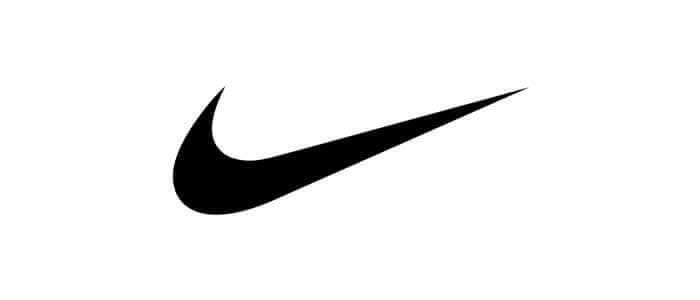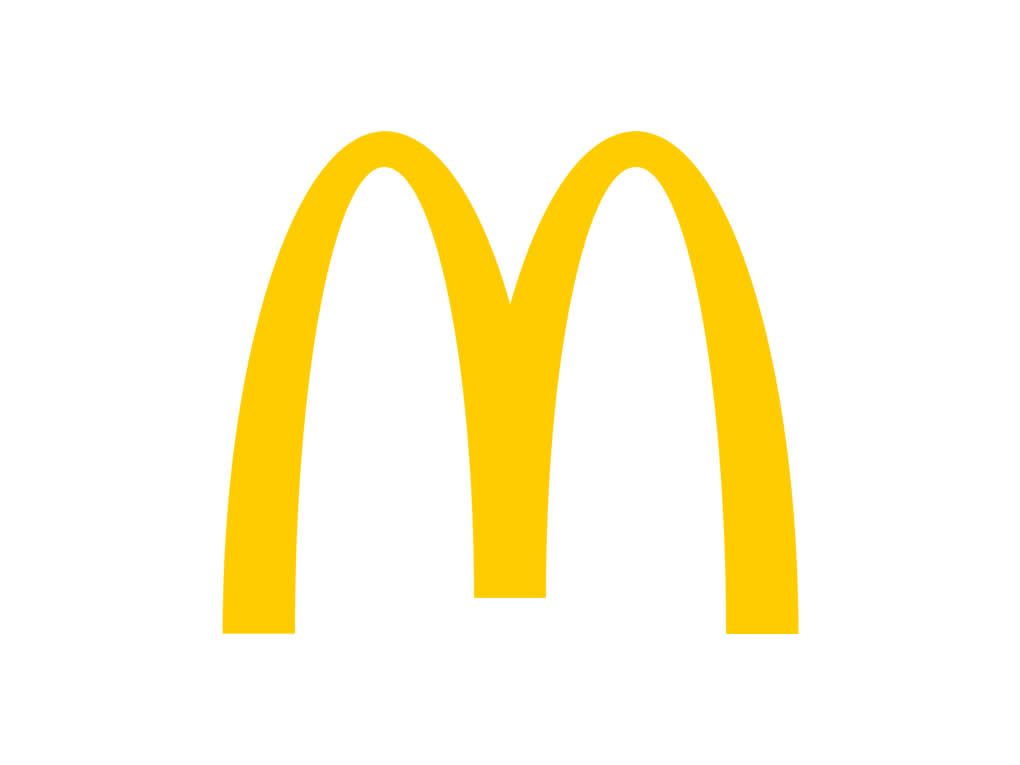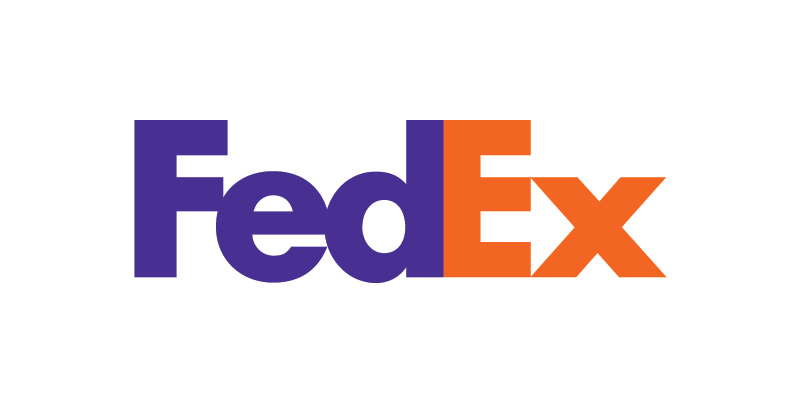Let me share something fascinating with you – it takes just 13 milliseconds for the human brain to process a logo! I discovered this MIT study while working on my first major rebrand project, and it completely changed how I approach logo design. After spending over two decade creating logos for businesses of all sizes, I’ve learned that visual hierarchy isn’t just about making things look good – it’s about making those milliseconds count.
Listen, I’ll be honest with you. When I first started designing logos, I made the classic rookie mistake of giving every element equal importance. The result? Cluttered, confusing designs that failed to make an impact. But through years of trial and error (and some fairly brutal client feedback!), I now have a deeper understanding of the art of visual hierarchy, and that’s exactly what I’m going to share with you today.
Table of Contents
1. Understanding Visual Hierarchy in Logo Design:
You know that feeling when you look at a logo design and just know something’s off, but can’t quite put your finger on it? Nine times out of ten, it’s a hierarchy issue. Let me break this down for you in a way that I wish someone had explained to me years ago.
Visual hierarchy in logo design is like conducting an orchestra – every element has its moment to shine, but they need to work together in perfect harmony. Through my years of running design workshops, I’ve found that once designers understand this fundamental concept, their work improves dramatically.

The psychology behind this is fascinating. Our brains are hardwired to process visual information in a specific order. Think about the Nike swoosh – there’s a reason it’s so effective. The simple, bold shape creates an immediate focal point, while the company name (when included) takes a secondary role. I learned this lesson the hard way when I tried to give equal weight to every element in my early logo designs. Trust me, it didn’t work out well!
One of my favourite examples of this principle in action comes from a project I worked on for a local coffee shop. The owner insisted on including multiple elements: the shop name, establishment date, and a coffee cup icon. By applying proper hierarchy principles, we created a design where the shop name commanded immediate attention, while the other elements played supporting roles. The result? Their brand recognition increased significantly within months.
The impact on brand recognition is measurable. I’ve seen this first-hand with A/B testing different logo variations. Logos with clear hierarchy consistently outperform those without it in recall tests. Here’s what I’ve found works best:

First, establish a clear primary element – this could be a symbol, wordmark, or specific shape. In my experience, this should occupy about 60% of the viewer’s initial attention. Think about how McDonald’s golden arches dominate their logo while remaining perfectly balanced.
Second, support this with secondary elements that add depth and meaning without competing for attention. I usually aim for these to take up about 30% of the visual weight. The remaining 10% can be used for subtle details that reward closer inspection.
Remember, dominance doesn’t always mean size. I once created a logo where the smallest element was actually the focal point, simply because of its contrasting colour and strategic position. The key is understanding how different elements interact with each other.
In terms of flow, think about how your eyes move through the logo design. I always start my design process by sketching quick thumbnails and tracing the natural eye movement with arrows. This simple exercise has saved me countless hours of revisions later in the process.
One common mistake I see (and made plenty of times myself early on) is trying to achieve perfect balance at the expense of clear hierarchy. Sometimes, intentional imbalance can create the tension needed to make a logo memorable. Take the FedEx logo – the hidden arrow exists precisely because of careful attention to hierarchy in the negative space.

The most valuable lesson I’ve learned about visual hierarchy is that it’s not just about aesthetics – it’s about communication. Every design decision should serve the purpose of conveying your client’s message effectively. When I’m stuck on a logo design, I step back and ask myself: “What’s the one thing I want people to remember about this brand?” The answer usually guides me toward the right hierarchical structure.
2. Primary Elements of Logo Hierarchy
Let me tell you about a mistake that taught me everything about focal points in logo design. Early in my career, I created what I thought was a masterpiece for a local restaurant – incorporating their name, a spoon, a fork, the year established, and their tagline. The client’s feedback? “I can’t tell what I’m supposed to look at first.” Ouch! But you know what? That feedback changed how I approach logo hierarchy forever.
Think of focal points like a spotlight on a stage. Just as you can’t have every actor in the spotlight at once, you can’t give equal importance to every element in your logo. Here’s what I’ve learned works best after countless hours of refinement:
The size relationship rule that’s never failed me is what I call the 60-30-10 principle. Your primary element should occupy roughly 60% of the visual weight, secondary elements 30%, and fine details the remaining 10%. I discovered this ratio through pure trial and error, and it’s fascinating how consistently it works across different industries and styles.
Spacing is another game-changer, and I learned this the hard way! You know those optical illusions where two identical circles look different sizes because of what’s around them? Logo elements work the same way. I always tell my students that proper spacing is like good conversation – you need pauses to make the important parts stand out.
Here’s a pro tip that took me years to figure out: the space between elements is just as important as the elements themselves. I use what I call the “squint test” – if you squint at your logo and can still distinguish the primary element clearly, your spacing is working. If everything blurs together, it’s time to adjust.
Weight is particularly tricky, and it’s where I see most beginners struggle. I remember working on a tech company’s logo where the icon and text felt like they were fighting each other. The solution? I varied the stroke weight of the icon while adjusting the font weight of the text until they complemented each other perfectly. The key is to create a clear visual hierarchy without making the secondary elements feel insignificant.
3. Colour and Contrast in Logo Hierarchy
You might not believe this, but I once spent three days adjusting shades of blue for a corporate logo. My colleague thought I was obsessing, but here’s the thing – a 10% difference in colour saturation completely changed how the logo elements interacted with each other. It’s these subtle details that separate good logos from great ones.
Colour hierarchy is like conducting an orchestra – each hue plays its part in the overall composition. When I’m establishing importance through colour, I follow a principle I developed after numerous client projects: use your boldest colour for the primary element, a complementary or analogous colour for secondary elements, and neutral tones for supporting details.
I learned about depth through contrast from a happy accident. While working on a monochrome logo, my design software glitched and created an unexpected overlay effect. Instead of undoing it, I studied how the overlapping elements created a natural hierarchy through contrast. Now, I intentionally use this technique to guide the viewer’s eye through the design.
One of my favourite techniques for maintaining hierarchy in colour schemes comes from a project I did for a children’s brand through my educational contacts. We needed the logo to work in multiple colour combinations while maintaining its impact. The solution? I established hierarchy through value (lightness/darkness) first, then applied different colour schemes. This way, the logo maintained its visual structure regardless of the colour palette.
Speaking of monochrome, here’s something cool I discovered: removing colour can actually strengthen your hierarchy. I now and have done for many years start by designing all my logos in black and white first. If the hierarchy works in monochrome, it’ll work even better with colour. This approach has saved me from countless revision cycles!
4. Typography and Text Hierarchy
Let me share something that completely changed how I approach type in logos. I used to think typography was just about picking cool fonts until a mentor challenged me to recreate famous logos using only helvetica. That exercise taught me that hierarchy in typography goes way beyond font choice!
Here’s a real situation that drove this home: I was working on a local trade’s logo, trying to balance the two director’s surnames’ with their tagline. My first attempt used three different font weights, and boy, was it a mess! That project taught me what I now call the “two-weight rule” – stick to two font weights maximum, and let size and spacing do the heavy lifting for hierarchy.
Size relationships in typography are trickier than most people think. You know what I’ve found works like magic? The golden ratio (1:1.618). But here’s the thing – I don’t follow it blindly. Through years of experimenting, I’ve learned that optical adjustments are crucial. A capital ‘I’ at the same point size as an ‘O’ will appear smaller, so I slightly adjust sizes to create perceived equality when needed.
Letter spacing (or kerning) is like the secret sauce of typographic hierarchy. Here’s another mistake I made early in my career: I used tracking (overall letter spacing) to try to make a secondary text element fill the same width as the primary text. The result? A stretched-out mess that looked like it was trying too hard. Now I know better – tighter letter spacing naturally draws more attention, while slightly looser spacing can help secondary elements step back.
When it comes to mixing typefaces, I learned this lesson the hard way: adding another font to fix a hierarchy problem is like adding salt to fix an over seasoned dish – it usually makes things worse! Instead, I focus on creating contrast within the same font family first. You’d be amazed at how different a font can look just by adjusting its weight, size, and spacing.
5. Practical Applications and Common Mistakes
Can I tell you about my biggest logo design face palm moment? I once spent hours perfecting a logo’s hierarchy for digital displays, only to see it completely fall apart when printed on the client’s business cards. That taught me an invaluable lesson about testing hierarchy across different scales and contexts.
Let me share a project that really illustrates this. I was working on a rebrand for a company, and their old logo had what I call the “everything’s important” syndrome – bold colours, multiple icons, and three different typefaces. We simplified it to one distinctive symbol and one typeface in two weights. The difference was night and day – their brand recognition shot up within months.
Here are some hierarchy mistakes I see constantly (and made myself plenty of times!):
The “Floating Elements”
Problem: When nothing feels grounded, everything seems to compete for attention. I solve this by establishing a clear base alignment or creating intentional tension points.
The “Whispering Logo”
Issue: Sometimes designers are so worried about being subtle that nothing stands out. I learned to be bold with at least one element – you need a clear hero in your hierarchy.
6. Tools and Techniques for Creating Hierarchy
Over the years, I’ve developed what I call my “hierarchy toolkit.” It’s not just about digital tools – though those are important. I start every logo project with quick thumbnail sketches, using basic shapes to establish hierarchy before touching the computer. You wouldn’t believe how many problems this simple step prevents!
Here’s a game-changing technique I discovered: photograph your logo design sketches in black and white, then flip them upside down. This instantly reveals hierarchy problems that your brain might miss when viewing the design right-side up. I can’t count how many times this trick has saved me from sending a flawed design to a client.
For digital work, I’ve found that using a grid system is like having training wheels – really helpful when you’re learning, but eventually, you’ll know intuitively where elements should go. Still, I always start with a grid, then allow myself to break it intentionally if the design calls for it.
Conclusion
After years of designing logos, I’ve learned that hierarchy isn’t just about making things look good – it’s about making them work. Every element should have a purpose, and that purpose should be clear at a glance. Whether you’re working on your first logo or your thousandth, these principles will help guide your decisions.
Remember this: the best logo hierarchies are ones that feel so natural, people don’t even notice them. They just get the message instantly. That’s the sweet spot we’re all aiming for!
I’d love to hear about your experiences with logo hierarchy. What challenges have you faced? What solutions have you found? Drop a comment in our community thread and let’s learn from each other!
Join The Logo Community
We hope you enjoyed these Logo Design Hierarchy Principles: A Complete Guide to Visual Organisation. If you would like more personal tips, advice, insights, and access to our community threads and other goodies, join us in our community.
You can comment directly on posts, access our community threads, have a discussion and ask questions with our founder Andrew.
If you’re looking to learn more about brand strategy, we highly recommend eRESONAID with our friend and acclaimed brand strategist and author Fabian Geyrhalter, it’s packed full of knowledge and insights you will need to learn to become a brand strategist or apply what you learn within your own business.


Author Bio
Andrew Marriott is the owner and founder of The Logo Creative™. He is an award-winning designer with over two decades of experience designing logos and specialising in branding for companies worldwide.
FAQ – Understanding Logo Design Hierarchy Principles
What is visual hierarchy in logo design?
Visual hierarchy is the arrangement of design elements in order of importance. In logo design, it determines how viewers process information and which elements they notice first. It’s achieved through careful manipulation of visual elements like size, color, contrast, spacing, and positioning to guide the viewer’s eye through the design in a deliberate sequence.
Why is hierarchy important in logo design?
Hierarchy ensures your logo communicates effectively by:
- Maintaining visual balance and harmony
- Creating a clear focal point that captures attention
- Organizing information in order of importance
- Making the logo instantly recognizable and memorable
- Ensuring the design works across different scales and contexts
What are the primary elements of visual hierarchy?
The key elements that create hierarchy include:
- Subordinate elements: Details that complete the composition without competing for attention
- Dominance: The main visual element that draws immediate attention
- Sub-dominance: Secondary elements that support the main element
How do you establish hierarchy through size?
Size is one of the most powerful tools for creating hierarchy. Larger elements naturally draw more attention and should be used for the most important aspects of your logo. Consider these guidelines:
- Maintain proper proportions even when the logo is scaled
- Make the primary element 2-3 times larger than secondary elements
- Ensure size differences are obvious enough to create clear distinction
What role does color play in hierarchy?
Color can create hierarchy through:
- Contrast: Using complementary or contrasting colors to make elements stand out
- Saturation: More saturated colors appear more prominent
- Temperature: Warm colors tend to advance while cool colors recede
- Value: Darker elements typically have more visual weight than lighter ones
How does spacing affect logo hierarchy?
Proper spacing helps establish relationships between elements and creates clear separation:
- Maintain consistent spacing ratios throughout the design
- Use more space around primary elements to give them prominence
- Group related elements closer together
- Create breathing room between distinct elements
How do you maintain hierarchy across different sizes?
To ensure your logo remains effective at any scale:
- Consider developing a responsive logo system for different contexts
- Test the design at multiple sizes during development
- Simplify complex elements that may become unclear when reduced
- Create variations for different size requirements while maintaining the core hierarchy
What are common hierarchy mistakes to avoid?
Watch out for these frequent issues:
- Inconsistent spacing that creates visual tension
- Too many competing elements of similar size or importance
- Lack of clear focal point
- Insufficient contrast between elements
- Overcrowding that compromises clarity
How do you balance creativity with hierarchy principles?
While following hierarchy principles:
Test your design with target audiences to ensure it communicates as intended
- Start with clear communication goals
- Use creative approaches to implement hierarchy rules
- Experiment with unexpected ways to create contrast and emphasis
- Remember that effective hierarchy can be subtle and sophisticated
- Test your design with target audiences to ensure it communicates as intended
How does typography fit into logo hierarchy?
Typography can be managed through:
- Integration with graphic elements
- Font weight variations to create emphasis
- Size relationships between different text elements
- Spacing and positioning of text components
- Style contrast between typefaces (if using multiple fonts)
What tools and techniques help analyze hierarchy?
Use these methods to evaluate your logo’s hierarchy:
- Size reduction to check scalability
- Squint test to check overall balance and emphasis
- Grayscale conversion to assess contrast
- Distance viewing to verify impact
- Blur test to confirm basic shape hierarchy
How do you document hierarchy specifications?
Create clear guidelines that specify:
- Hierarchy variations for different applications
- Size relationships and proportions
- Color values and usage rules
- Spacing measurements and grids
- Minimum size requirements
- Clear zone specifications



 Let me tell you something wild about movie logos -…
Let me tell you something wild about movie logos -…
